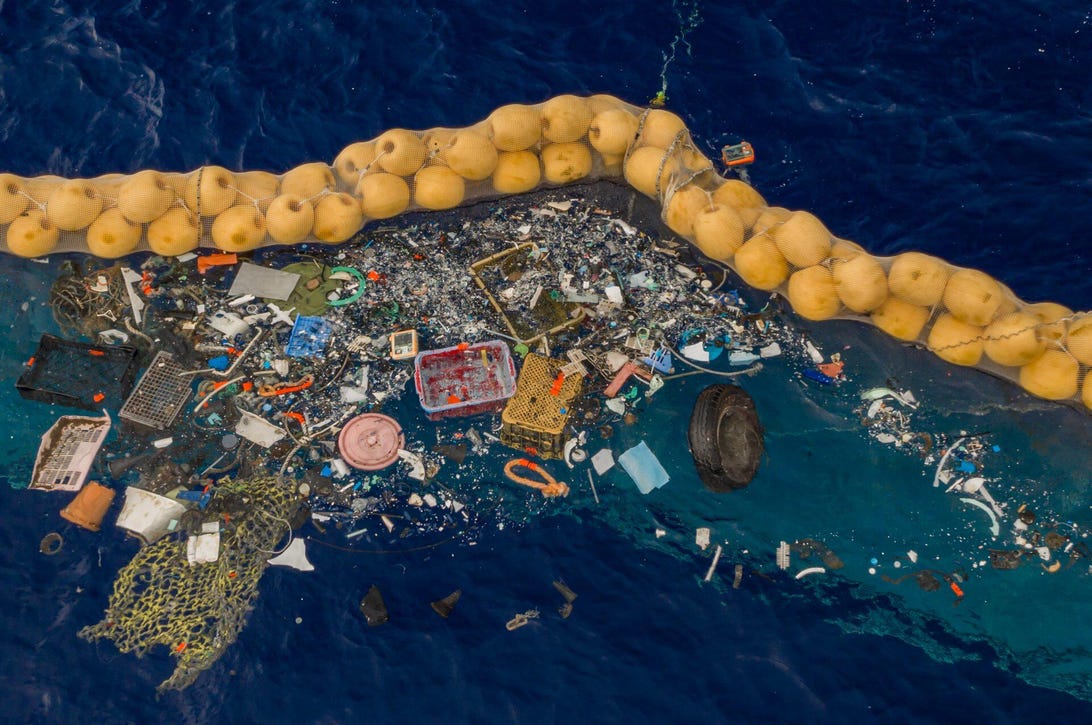
here's just a tiny component of the trash it is ended up in the oceans.
The Ocean CleanupResearchers have used models to verify that, as of late August, 193 nations together produced more than eight million tons of pandemic-connected plastic waste, ranging from masks and medical institution gadget to packaging from on-line browsing generated by way of multiplied pastime in no-contact purchases.
in response to the study, to be posted Nov 23 within the journal PNAS, over 25,000 lots of that plastic have ended up on earth's ocean, endangering marine animals.
Get the CNET Science publicationfree up the largest mysteries of our planet and beyond with the CNET Science publication. Delivered Mondays.
"The launched plastics will also be transported over long distances in the ocean, encounter marine natural world, and probably lead to injury or even death," a team of climate experts, hailing from China's Nanjing institution and from the university of California, San Diego, wrote within the paper.
Separate stories have already advised that if marine animals by accident develop into entangled in pandemic-linked plastic waste, it could actually make a contribution to their loss of life.
Trash from human activities has already created what's regularly occurring as the superb Pacific garbage Patch, an amalgam of everything from plastic bottles to fishing equipment spread over an estimated 1.6 million rectangular kilometers.
The effects of trash in the ocean can be even more widespread. The authors of the brand new paper say that over a 3-12 months length, the pandemic-generated waste will probably start washing ashore, accumulating on beaches and piling up in co astal sediments, finally threatening land-based species, too. If the waste degrades into microplastics, it could also enter the food chain and eventually attain people.
"This poses a long lasting issue for the ocean atmosphere," the authors wrote.
besides the fact that children personal protective machine, like N95 masks and face shields, contributed to the single-use plastics now scattered across the seas, the team says that the bulk of the fabric -- seventy three% -- consists of disposable scientific equipment. They also conclude that seventy two% of the plastic waste comes from Asia.
The authors urge more advantageous scientific waste management in pandemic epicenters, specially in developing nations.

0 Comments